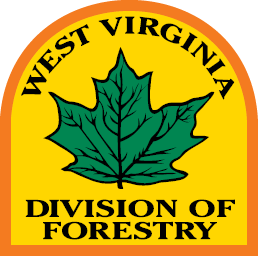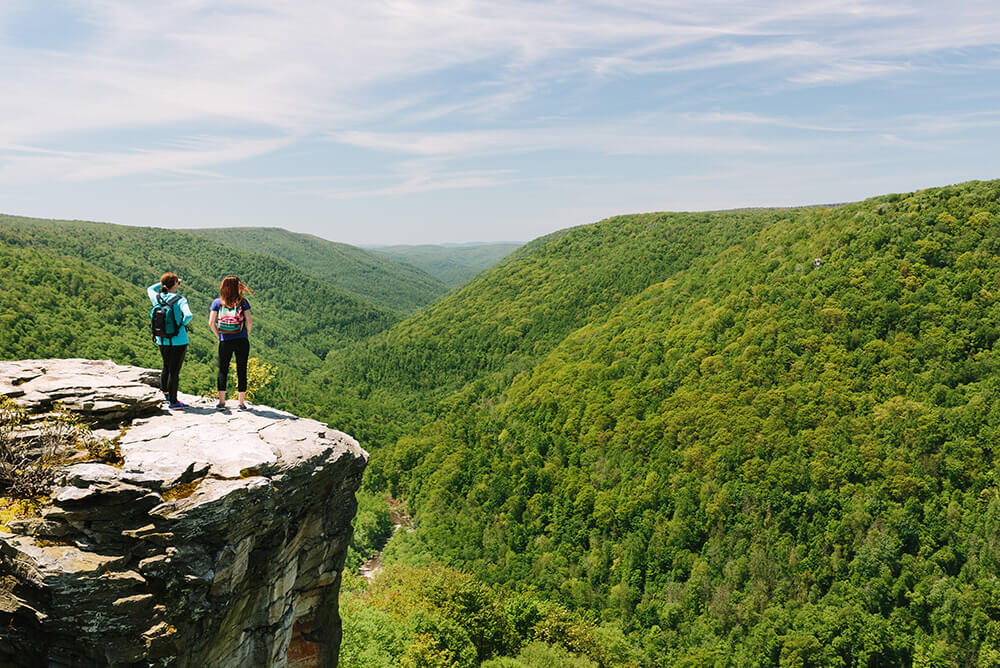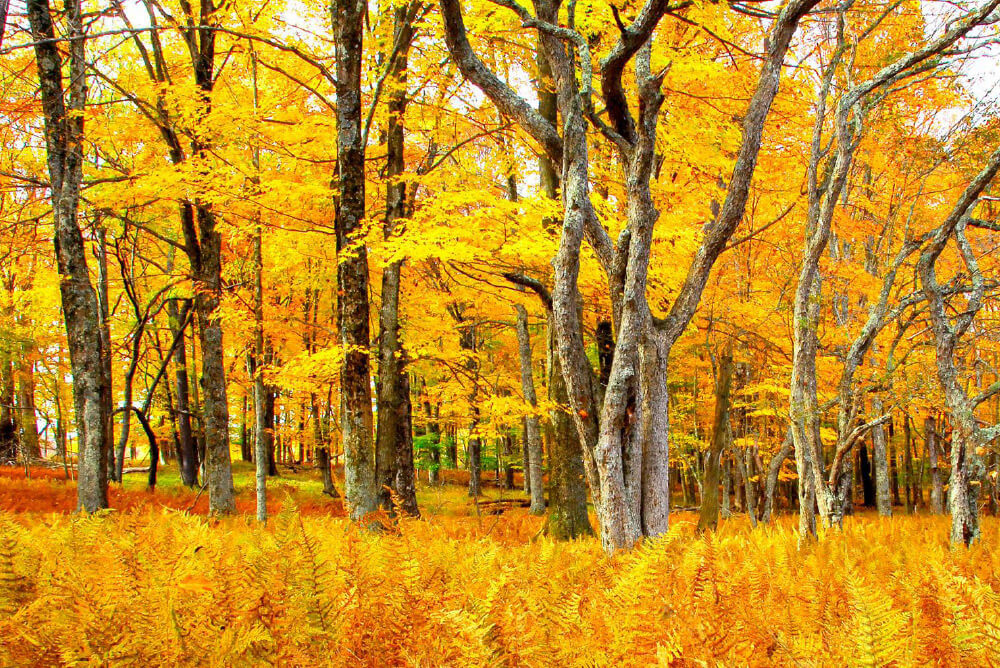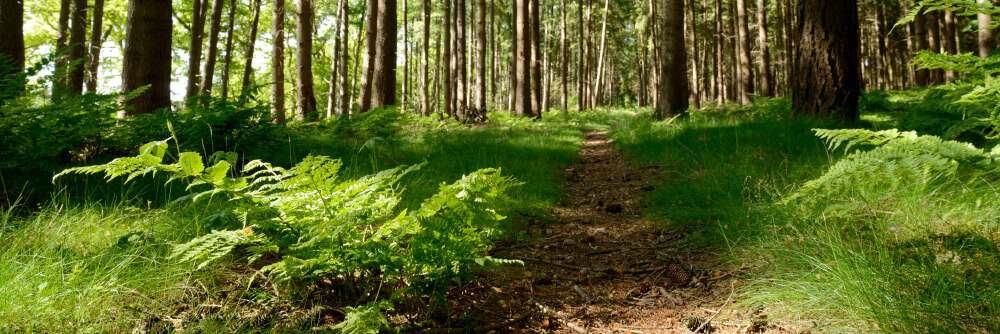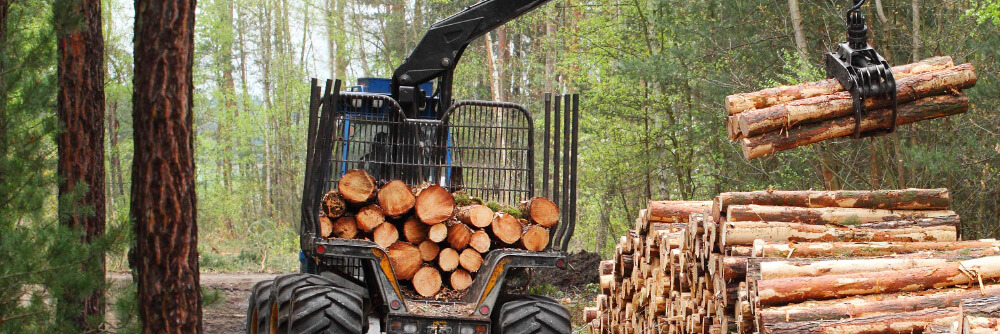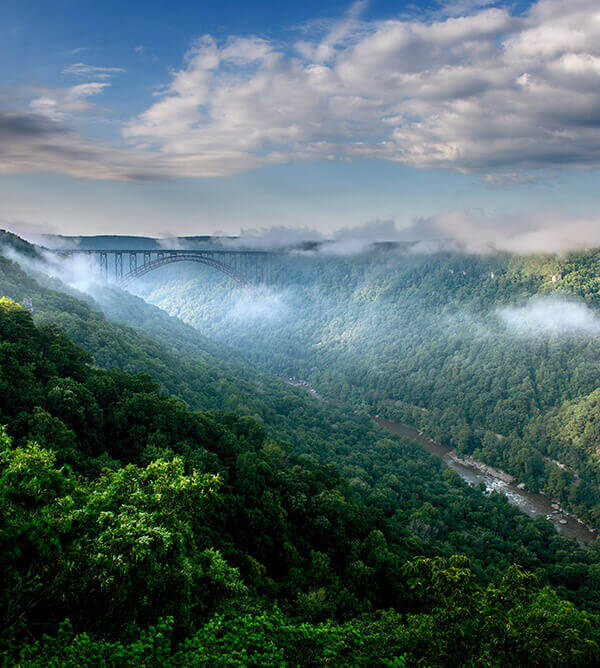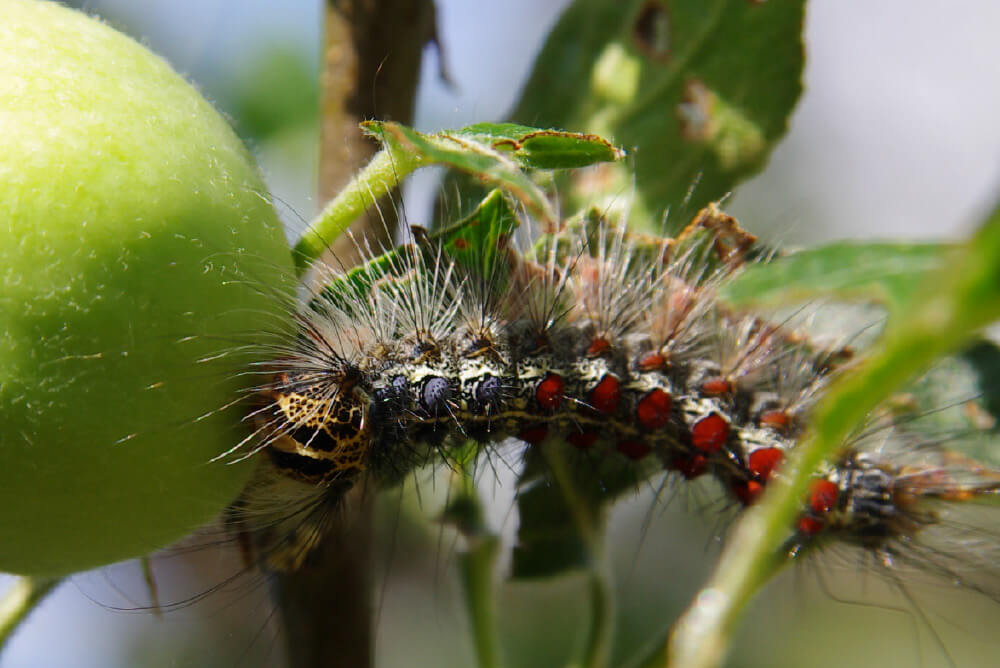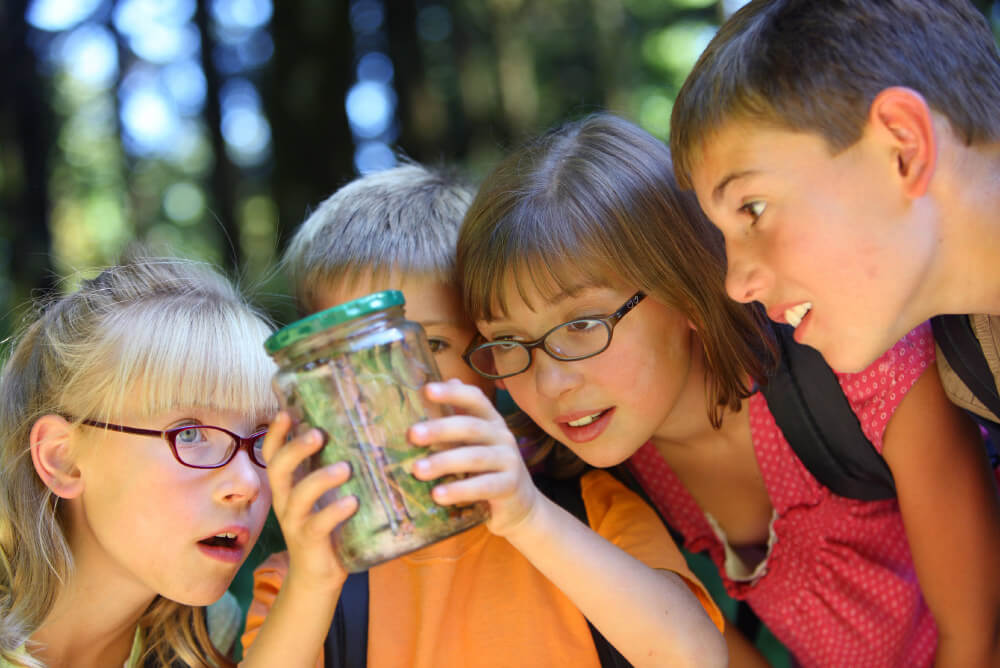Protecting Our Future
Our methods may be many, but our goals are few.
Protect our forest.
Preserve our future.
Improve our lives.
West Virginia Forestry is dedicated to protecting and conserving one of the state’s most bountiful and beautiful natural resources – our trees. Our dedication comes from the strong belief that our forests enhance and support our lives more than we may ever realize.
Explore some of the ways West Virginia Forestry is conserving and protecting our forests.
Forest Conservation
WV Project Learning Tree
Who is it For? Formal and informal educators that care about conserving our forests.
What is it? WVPLT is an environmental education program that offers workshops to formal and non-formal educators so that they can teach youth about environmental issues and encourage them to make informed, responsible decisions about the world around them.
For more information about WVPLT, contact Linda Carnell
(304) 822-4512 or (304) 541-8617 cell
Tree Identification
Who is it for? Anyone wanting to learn more about tree identification
What does it do? This presentation pdf, created by Former DOF Forester Steve McAnarney, in cooperation with the Tyler County FFA, can be used for training FFA groups, Envirothon teams or any others interested in learning more about our state?s trees.
If Trees Could Talk
Who is it for? Middle school educators
What does it do? The Forest History Society has designed a middle school curriculum to give teachers the opportunity to download social studies activities that are based upon archival materials. To find out more, visit the, Forest History Society web site
If trees could talk and we could listen, would we be wiser?
Forest Legacy Program
Who is it for? Landowners wishing to conserve land in danger of non-forest uses
What does it do? The Forest Legacy Program allows for the conservation of land located in one of the four designated legacy areas through special easement purchasing, permitting only professional forestry and timber harvesting to be done on the land.
Conservation Camps
Conservation camps throughout the state instruct campers in the wise use and management of the natural resources of the state, while encouraging the proper enjoyment and appreciation of the state’s outdoor opportunities.
West Virginia State Conservation Camp:
June 10th-14th
Ages 14 – 18
Junior Conservation Camp:
Ages 11 – 14
The cost is $175.00 per camper
Contact information is: Annette Hoskins, Camp Director, WV Department of Environmental Protection, (304) 926-0499 ext. 1659 or [email protected].
State Forests
West Virginia’s seven state forests are protected resources managed by the Division of Forestry, for the use of research, outdoor recreation, wildlife conservation, timber production, aesthetic preservation, and increased quality of life. Learn more about how you can enjoy and protect our state forests.
His Obsession Has Become Ours
We conserve our resources today, so the generations after us can benefit from our efforts. Just as one visionary man did for us. It is to A.B. Brooks, West Virginia’s first forester, that we owe much of the knowledge and conservation of our forests that we enjoy today.
Alonzo Beecher Brooks was born May 6, 1873 and lived near French Creek, Upshur County. Although his family had no money to send him to college, A.B. had an unquenchable thirst for knowledge. He taught himself plane surveying and developed a map of every road and dwelling in Upshur County. A.B. used the profits from the map to fund his college education. A.B. Brooks was one of the first students to be instructed in forestry at West Virginia University.
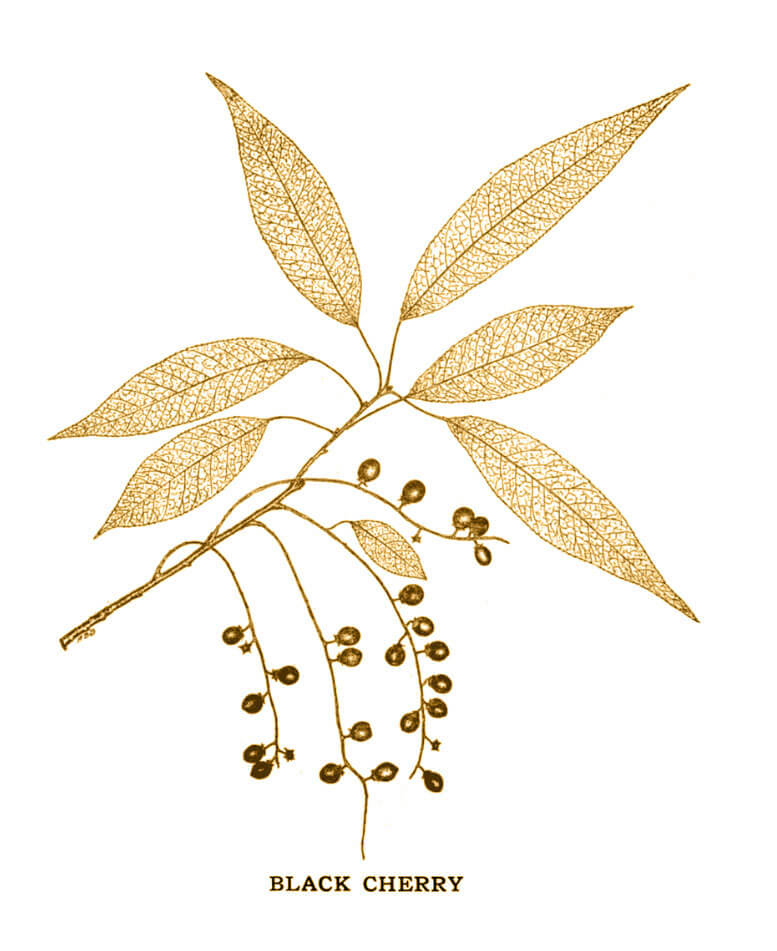



Following graduation, A.B. Brooks worked as a forester in West Virginia collecting data and preparing a county- by-county survey of the state’s forest resources. After a short stint in the Conservation Department of New York, A.B. Brooks returned to West Virginia and published the book West Virginia Trees. This book was an identification guide for the trees in the state that included descriptions and detailed drawings of every tree species known to occur within West Virginia.
A.B. Brooks became the Chief Game Protector for the first Conservation Commission in 1921. Seneca State Forest and Watoga State Park were established under his administration. He later became the first Staff Naturalist for the Oglebay Institute. A.B. Brooks died on May 16, 1944.
In 1910, A.B. Brooks mapped West Virginia’s forest land cover. To download a copy of this map, Click Here

